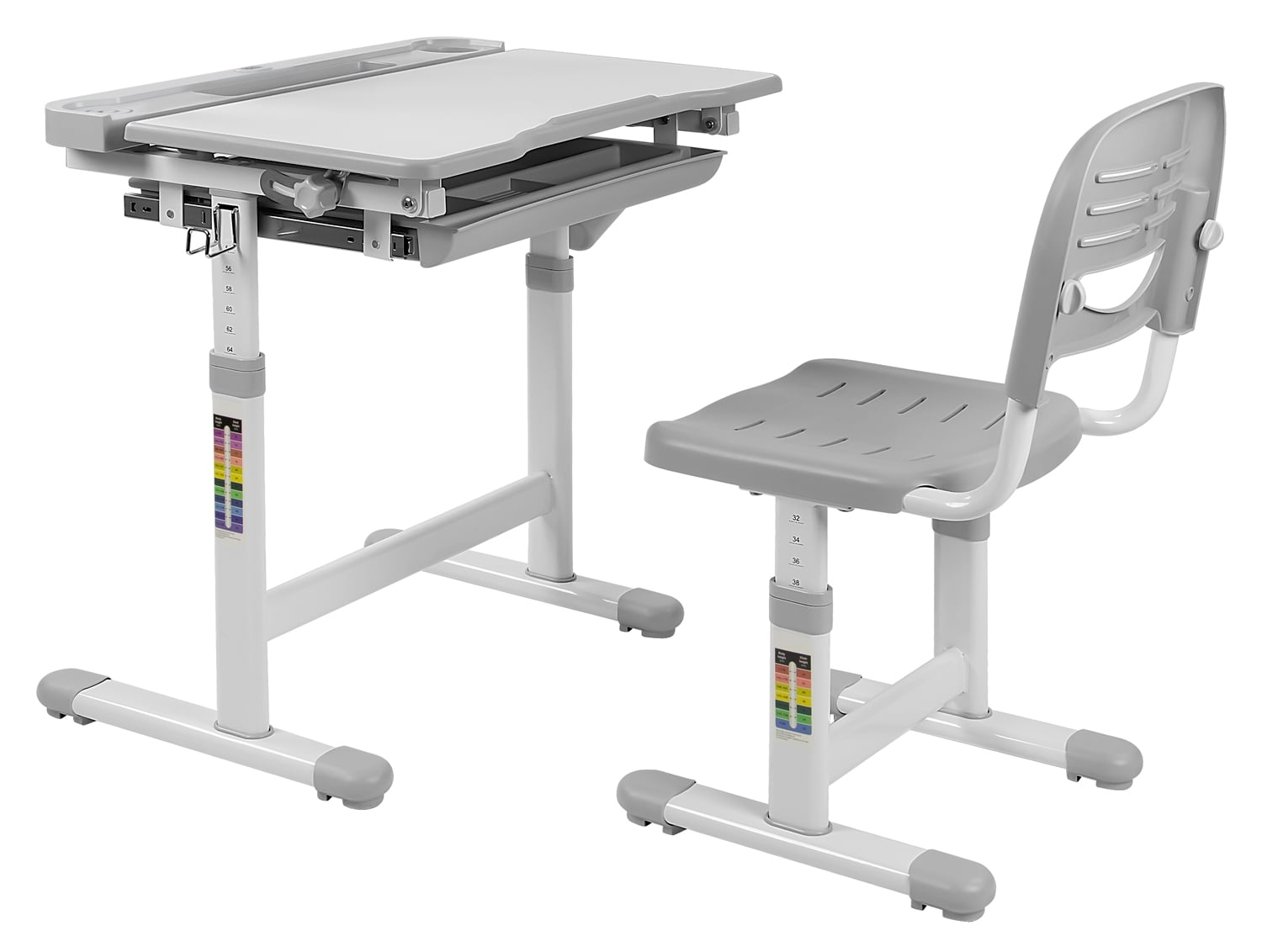Setting Up and Maintaining an Adjustable Desk and Chair Set

Proper setup and maintenance of your adjustable desk and chair are crucial for optimal comfort, productivity, and long-term health. A poorly configured workstation can lead to discomfort, pain, and decreased efficiency. This section details the correct setup procedures, common issues, and a maintenance guide to ensure your investment provides years of reliable service.
Proper Desk and Chair Setup
Achieving an ergonomic workstation involves careful consideration of monitor placement, keyboard positioning, and chair adjustments. The goal is to maintain a neutral posture, minimizing strain on your neck, back, and wrists. Incorrect posture can lead to repetitive strain injuries (RSIs) and other musculoskeletal disorders.
Monitor placement should be at arm’s length, with the top of the screen at or slightly below eye level. This prevents neck strain from looking up or down for extended periods.
The keyboard should be positioned directly in front of you, allowing your elbows to rest comfortably at a 90-degree angle. Your wrists should be straight, avoiding bending or flexing.
Your chair should provide adequate lumbar support, keeping your back straight and your feet flat on the floor. Adjust the seat height so your thighs are parallel to the floor, and your knees are at a 90-degree angle.
Common Issues and Solutions, Adjustable desk and chair set
Several common problems can arise with adjustable desks and chairs. Understanding these issues and their solutions allows for proactive problem-solving and extended equipment lifespan.
- Desk Instability: An unstable desk can be caused by uneven legs or a faulty mechanism. Solutions include adjusting the leveling feet on the desk legs or contacting the manufacturer for repair or replacement parts.
- Chair Squeaking: Squeaking noises often originate from friction in the chair’s moving parts. Lubricating these parts with silicone-based lubricant can usually resolve the issue.
- Mechanism Malfunction: Problems with the height adjustment mechanism on the desk or chair might require professional repair or replacement of faulty components. Contacting the manufacturer for warranty support is recommended.
- Sagging Seat: Over time, the foam in the chair seat can compress, leading to sagging. While this is often a sign of wear and tear, checking the manufacturer’s warranty is advisable.
Desk and Chair Maintenance and Cleaning
Regular cleaning and maintenance extend the life of your adjustable desk and chair set. Different materials require different cleaning methods. Following these steps will keep your workspace clean, comfortable, and functional.
- Wood Desks: Clean wood surfaces with a damp (not wet) cloth and a mild wood cleaner. Avoid harsh chemicals or abrasive cleaners. Polish regularly to maintain the finish.
- Metal Desks: Wipe down metal surfaces with a damp cloth and a mild all-purpose cleaner. Dry thoroughly to prevent rust or corrosion.
- Fabric Chairs: Vacuum regularly to remove dust and debris. For stains, use a fabric cleaner appropriate for the fabric type. Spot clean immediately to prevent stains from setting.
- Leather Chairs: Clean leather with a leather cleaner and conditioner. Avoid using excessive water or harsh chemicals. Condition regularly to maintain the leather’s suppleness.
- Mesh Chairs: Wipe down the mesh with a damp cloth and mild detergent. Allow to air dry completely. Avoid harsh chemicals or scrubbing, which can damage the mesh.
Adjusting for Different Users and Tasks
Step 1: Height Adjustment: Begin by adjusting the desk and chair height to accommodate the user’s height. The user’s elbows should be at a 90-degree angle when typing, and their feet should be flat on the floor.
Step 2: Lumbar Support Adjustment: Adjust the lumbar support on the chair to provide proper back support and maintain a natural spinal curve.
Step 3: Armrest Adjustment: If the chair has adjustable armrests, adjust them so that they support the forearms without impeding movement or causing shoulder strain.
Step 4: Monitor Placement Adjustment: Adjust the monitor’s height and position to ensure that the top of the screen is at or slightly below eye level, preventing neck strain.
Step 5: Keyboard and Mouse Placement Adjustment: Position the keyboard and mouse directly in front of the user, ensuring that their wrists are straight and their elbows are at a 90-degree angle.
Step 6: Task-Specific Adjustments: For tasks requiring different postures, such as standing or leaning, adjust the desk and chair accordingly. For example, raise the desk for standing work and lower it for seated work that requires leaning forward.
